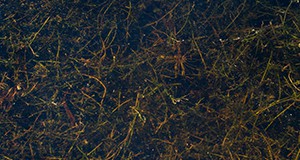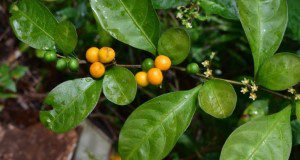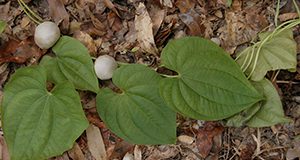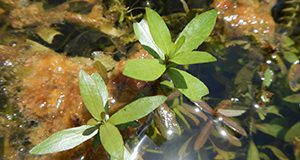Two-leaf nightshade, Solanum diphyllum, is a member of the Solanaceae or potato family. It is native to Mexico southwards to Costa Rica. It has escaped cultivation in Florida and grows as far north as Duval County and from Volusia County south to Miami-Dade County. A “bird-dispersed” volunteer, it occurs in urban and conservation areas and on disturbed land. The plants produce abundant berries with many many small seeds. This new 5-page publication of the UF/IFAS Environmental Horticulture Department is primarily intended for Florida gardeners, landscapers, and land managers, and it contains information on identification, flowering, fruiting, and management recommendations for this widely occurring plant. Written by Stephen H. Brown, Chris Marble, and Stephen F. Enloe.
https://edis.ifas.ufl.edu/ep588
Tag: Stephen F. Enloe
Integrated Management of Non-Native Plants in Natural Areas of Florida
While natural areas are conservation lands that have been set aside for the purpose of preserving (or restoring) native plant and animal communities, they do require active management. One of the greatest management issues in natural areas is invasive plants. This 35-page publication provides land managers in Florida with current methods used to manage non-native plants. Written by Stephen F. Enloe, Ken Langeland, Jason Ferrell, Brent Sellers, and Greg MacDonald, and published by the UF/IFAS Agronomy Department, revised July 2018.
http://edis.ifas.ufl.edu/wg209
East Indian Hygrophila: Hygrophila polysperma (Roxb.) T. Anderson
East Indian hygrophila is a submersed aquatic weed that has invaded a number of aquatic systems in the southeastern United States. It is a federally listed noxious weed and a Florida Class II prohibited plant. Established populations of East Indian hygrophila interfere with human uses of bodies of water and disrupt ecosystems by forming dense, impenetrable monocultures that clog the water column, restrict water flow, and create poor habitat for aquatic fauna. This 5-page fact sheet provides an overview of the plant and discusses its habitat and control. Written by Lyn A. Gettys and Stephen F. Enloe, and published by the UF Agronomy Department, December 2016.
http://edis.ifas.ufl.edu/ag413
Hydrilla: Florida's Worst Submersed Weed

Hydrilla, which was originally introduced to the state as an aquarium plant, was intentionally planted in canals by aquarium plant dealers in the 1950s and quickly escaped cultivation. In addition to being one of the world’s worst aquatic weeds, the species is Florida’s most intensively managed submersed plant. Hydrilla is a federally listed noxious weed and a prohibited aquatic plant in Florida, making cultivation, sale, and possession of the species illegal. This 7-page fact sheet discusses the classification, characteristics, habitat, and management of hydrilla. Written by Lyn A. Gettys and Stephen F. Enloe, and published by the UF Agronomy Department, February 2016.
http://edis.ifas.ufl.edu/ag404


